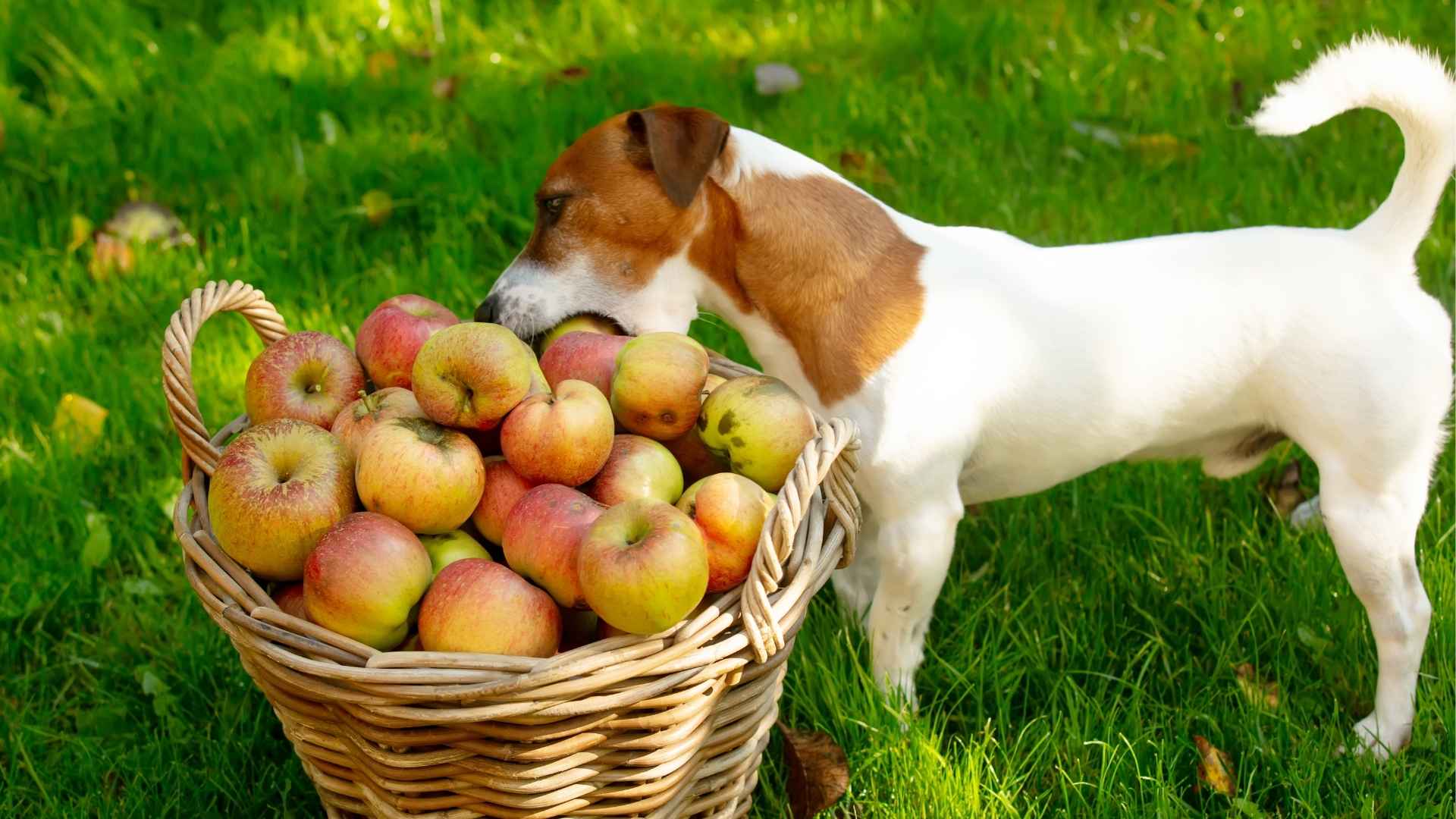Ever turned your back for a second only to find your sandwich mysteriously gone? You’re not alone. While most dogs are food-driven, some breeds are especially skilled at turning snack theft into an art form. These four-legged opportunists are quick, clever, and always on the lookout for an unattended bite.
This behavior isn’t just about hunger; it’s often a mix of intelligence, curiosity, and a sharp nose that can detect treats from rooms away. Certain breeds are notorious for their scavenging instincts, a trait rooted in their working history or high food motivation.
Understanding which breeds are more likely to raid the counter or swipe from your plate can help you manage the behavior before it becomes a regular routine.
In this article, we’ll explore the breeds most prone to food theft, why they do it, and how to live peacefully with a snack-savvy dog.
Dog Breeds Prone to Stealing Snacks
1. Cocker Spaniel
Quick Facts
Size: Small to medium (20–30 lbs)
Energy Level: Moderate
Snack Skill: Subtle but determined
You’d think a soft-eyed dog like the Cocker Spaniel would never dream of doing anything sneaky—but leave a plate unattended and you might find otherwise. These dogs are charming, gentle, and full of affection, but they’ve also got a curious side that kicks in especially when food is involved.
With their small size and graceful movement, Cockers can quietly explore the floor for fallen crumbs or tiptoe their way to a low coffee table. They don’t always make a scene—sometimes they just appear with food in their mouth, looking like they earned it.
As per PetMD, a hallmark trait of this breed is how tightly they bond with their people. They thrive on interaction, and when you’re eating, they want to be part of the moment too. That closeness can blur boundaries unless you’re clear from the start about where food begins and ends.
Owners often describe them as quick learners, which is great for training, but also means they can learn bad habits just as fast. If stealing snacks gets rewarded once, even by accident, they’re likely to try again.
2. Golden Retriever
Quick Facts
Size: Large (55–75 lbs)
Energy Level: High
Snack Skill: Confident and clever
Golden Retrievers are so trustworthy-looking that you might not suspect their occasional thieving habits. But behind that sunny face is a dog that will absolutely sneak food when you’re not paying attention. And they’ll do it with grace.
Goldens are retrievers by nature, bred to carry game birds back to hunters—but these days, that talent often gets redirected toward snagging bread rolls, pizza crusts, or whatever else fits in their mouth. They’re not clumsy about it either. Their soft-mouthed grip means they can snatch food without knocking anything over.
They love being helpful, which adds an amusing twist to their snack quests. Some will literally bring you an apple from the counter, drop it at your feet, and look up like, “We’re sharing this, right?” It’s hard to stay mad at that kind of delivery.
Because they’re so eager to please, Goldens usually respond well to training, but consistency matters. One bite of off-limits food with no consequence, and they’ll remember. They’re sensitive, but smart enough to test the rules.

If your Golden is swiping snacks, it’s likely because they know they can—and that’s more a human oversight than canine rebellion. They’re not sneaky villains, just too friendly for their own good.
3. Boxer
Quick Facts
Size: Medium to large (50–70 lbs)
Energy Level: High
Snack Skill: Loud and fast
Boxers don’t really do anything halfway, including stealing snacks. If they’re going for it, it’s probably going to be chaotic, a little ridiculous, and over before you even realize what happened. These dogs are a mix of goofball and athlete, and their snack tactics reflect that energy.
They’re the type to leap first and think later. One moment your burrito’s safe, the next it’s gone—and a Boxer is looking at you like it was just a game. Their long limbs, strong jaws, and total lack of guilt make them entertaining but challenging snack security threats.
Because they crave interaction, food-stealing can also be part of attention-seeking. They’ll grab a slice of toast and run, just to get you to chase them. If boredom’s in the mix, the snack theft becomes performance art.
Owners who get ahead of this behavior usually do so by engaging Boxers physically and mentally. These dogs need structure and purpose—without it, they create their own fun, and your lunch might be collateral damage.
That said, they’re rarely subtle. If your Boxer wants food, you’ll hear the paws thundering toward the table. Prevention, not punishment, is your best bet.
4. Border Collie
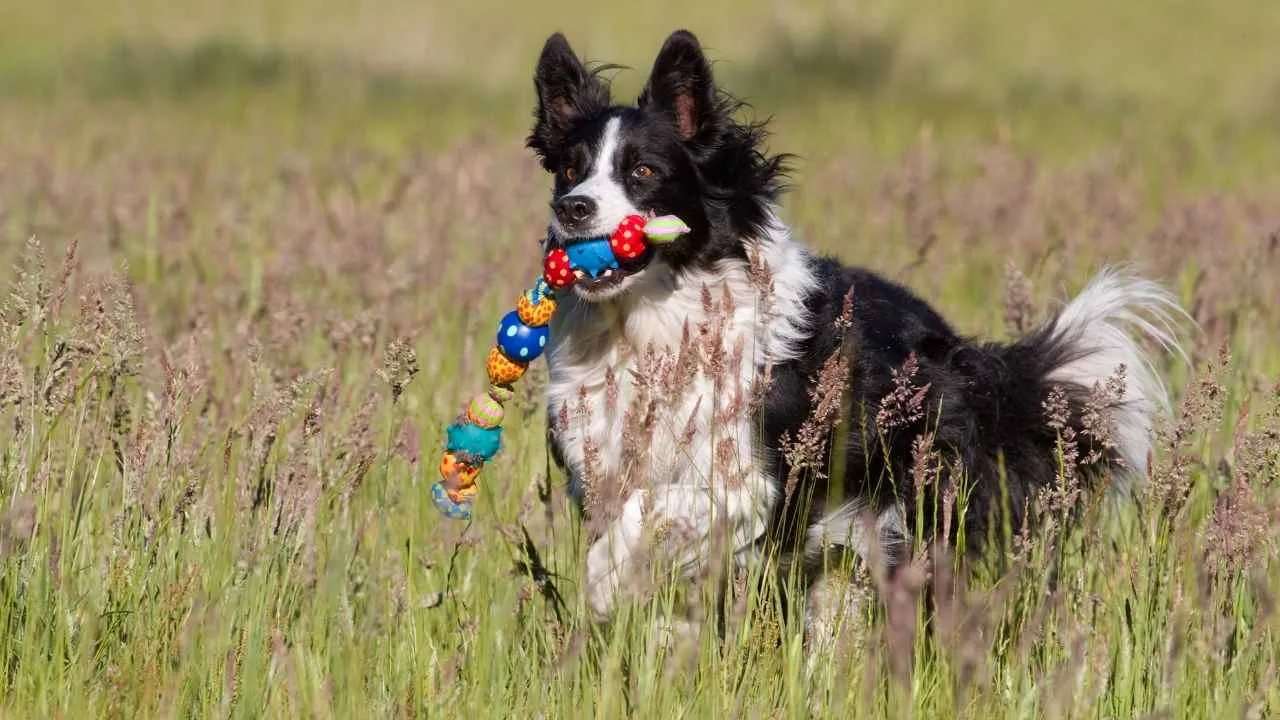
Quick Facts
Size: Medium (30–45 lbs)
Energy Level: Very high
Snack Skill: Calculated and persistent
A Border Collie doesn’t steal snacks on impulse—they plan it. Highly intelligent and observant, these dogs are the thinkers of the canine world. They don’t just look at food, they evaluate the situation: the angle, the distraction, the odds.
This is the breed that will wait for you to step into the other room, then open a drawer with their nose and pull out the granola bar you forgot. Not because they’re hungry, but because they figured out how. Snack theft is often a puzzle to solve, and they’re not ones to ignore a challenge.
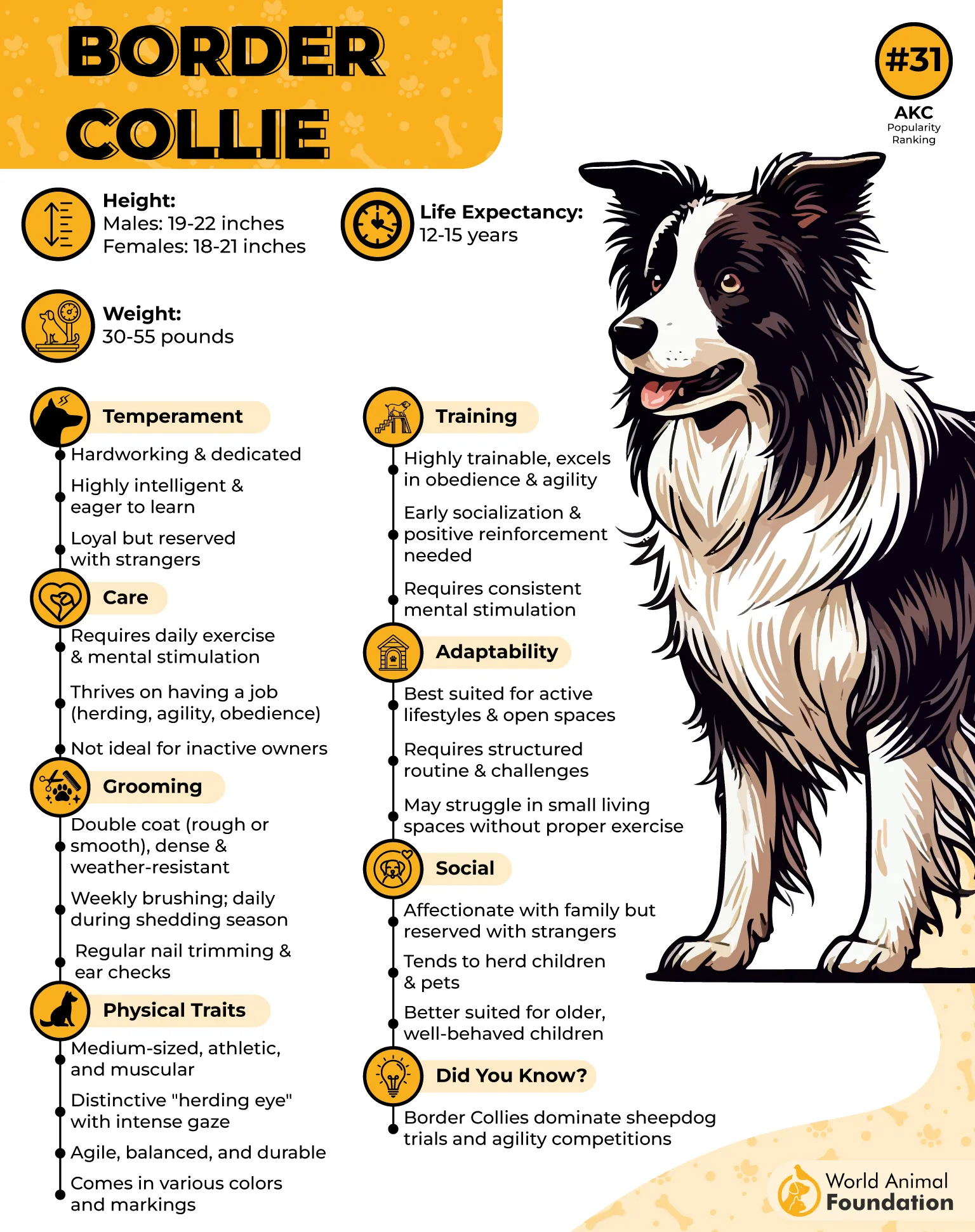
Purina states that their level of intelligence means these dogs need direction constantly. If they’re not working or training, their brains find ways to stay busy—and that might involve food scavenging. Not out of malice, just sheer mental overflow.
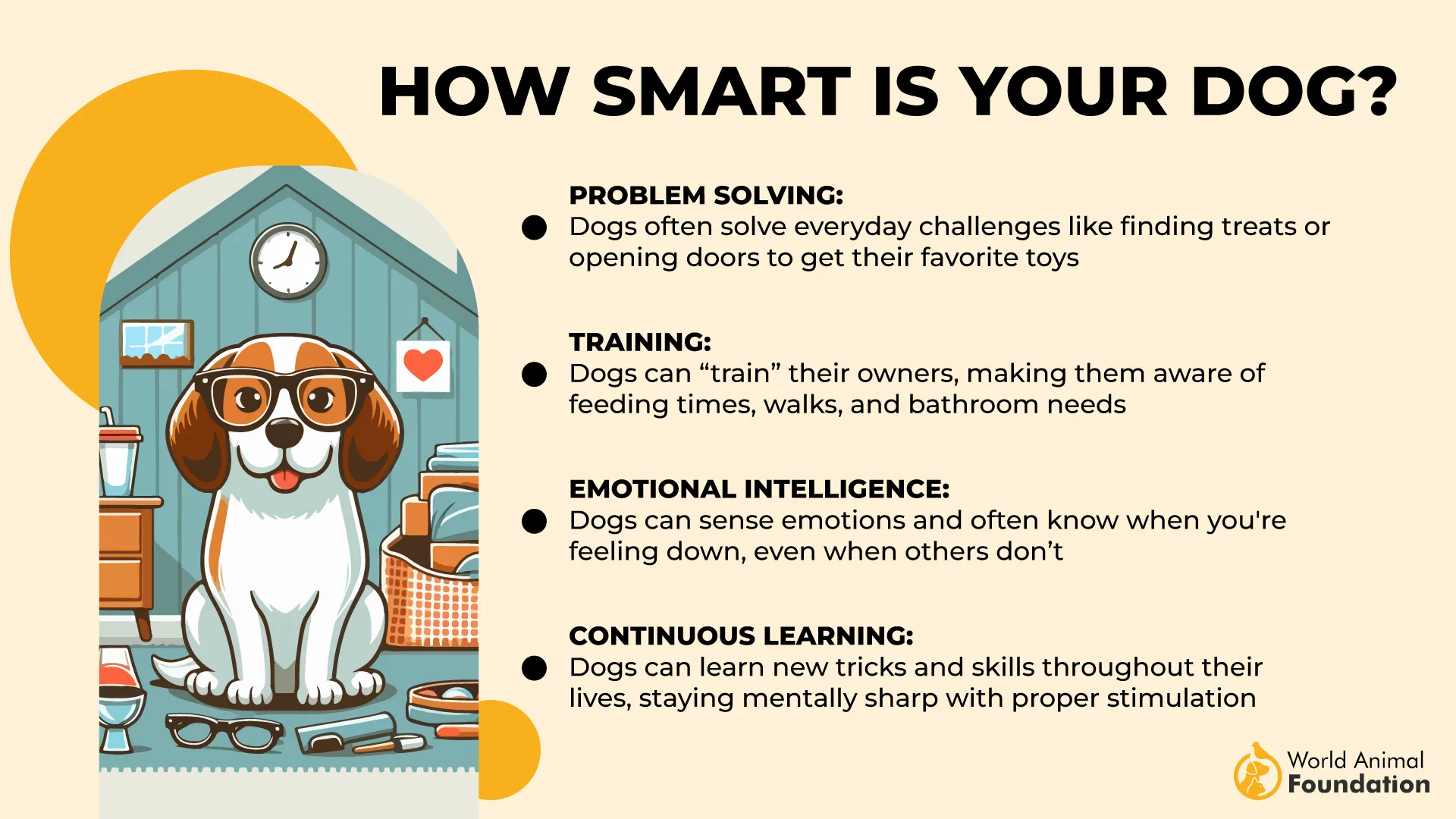
You won’t always catch them in the act either. Their stealth can rival cats. One paw, one nudge, and your toast disappears while you’re on a Zoom call. They move quickly, with purpose.
The solution isn’t just blocking access—it’s giving them better problems to solve. Agility, scent work, advanced obedience… anything but free rein in the kitchen.
5. Beagle

Quick Facts
Size: Small to medium (20–30 lbs)
Energy Level: High
Snack Skill: Persistent and scent-driven
Beagles are cheerful, compact hounds with a reputation for being both adorable and relentless. Originally bred for tracking small game, their powerful sense of smell and strong hunting instincts make them natural explorers, especially when food is involved.
These dogs operate low to the ground and seem to always have their noses working. If there’s a snack within a five-room radius, your Beagle probably knows about it. They’re not big jumpers, but they compensate with creativity and tenacity, especially if food is left in bags, backpacks, or slightly open drawers.
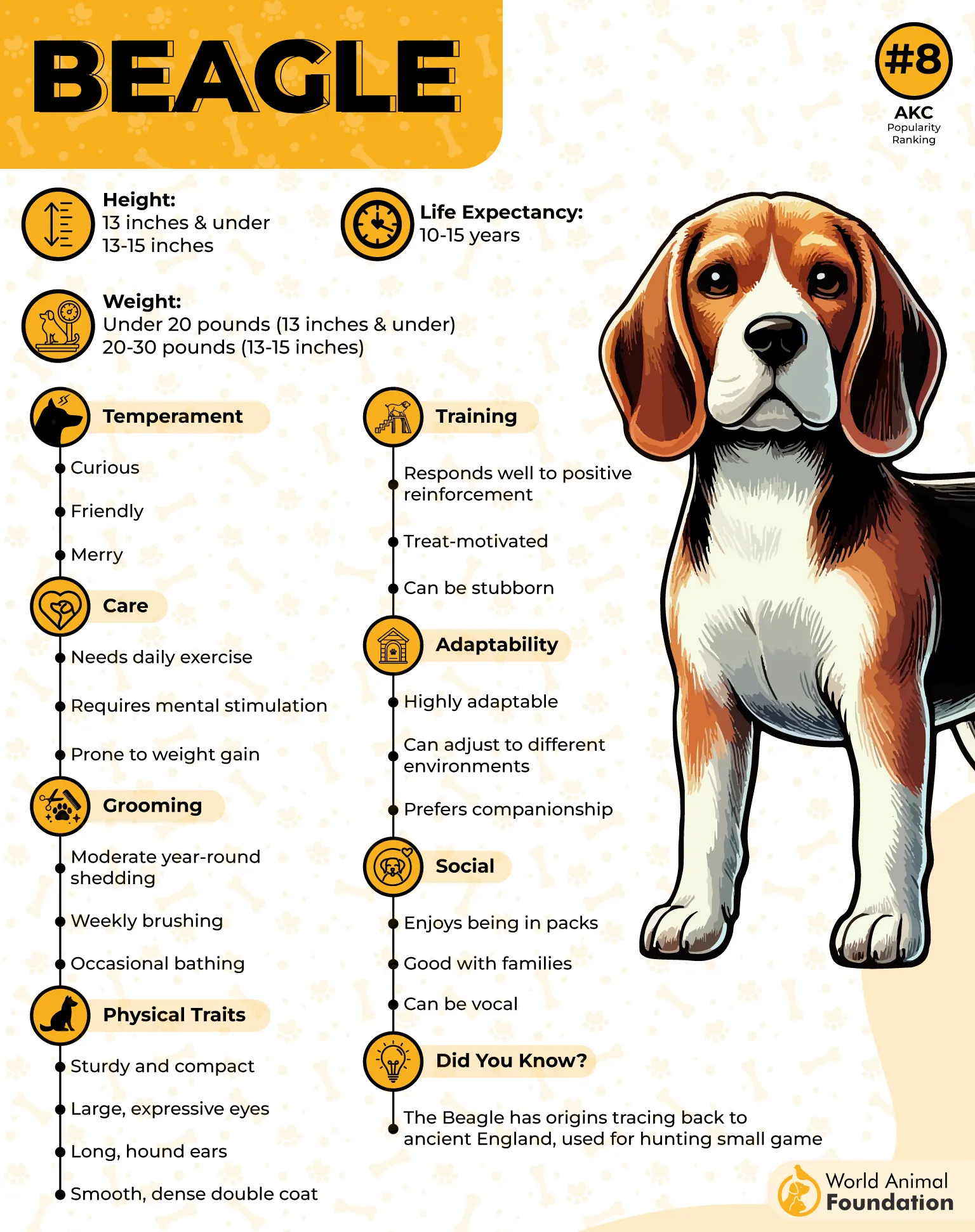
Their food-stealing behavior often isn’t impulsive—it’s methodical. Beagles will sniff out a scent trail, follow it to the source, and find a way to get what they’re after. It’s less mischief and more mission accomplished.
Because they’re so food motivated, Beagles can be trained effectively, but this same trait makes counter-surfing and garbage raiding hard habits to break if allowed. Even a small reward once can encourage them to repeat the behavior.
To prevent unwanted snack raids, Beagle owners need to outsmart the nose: secure trash cans, avoid leaving food unattended, and consider using puzzle feeders to redirect that sniff-driven curiosity.
6. Jack Russell Terrier

Quick Facts
Size: Small (13–17 lbs)
Energy Level: Very high
Snack Skill: Agile and opportunistic
Don’t be fooled by the size, Jack Russell Terriers are tiny dynamos packed with energy, intelligence, and curiosity. Originally bred for fox hunting, they are wired to chase, dig, and investigate with fearless determination, as stated by Britannica.
Their snack-stealing style often involves quick, sneaky movements. A Jack Russell may launch off furniture to access food on the counter or find hidden paths through open cabinet doors. These dogs are surprisingly agile and think nothing of turning a room into an obstacle course if there’s a reward at the end.
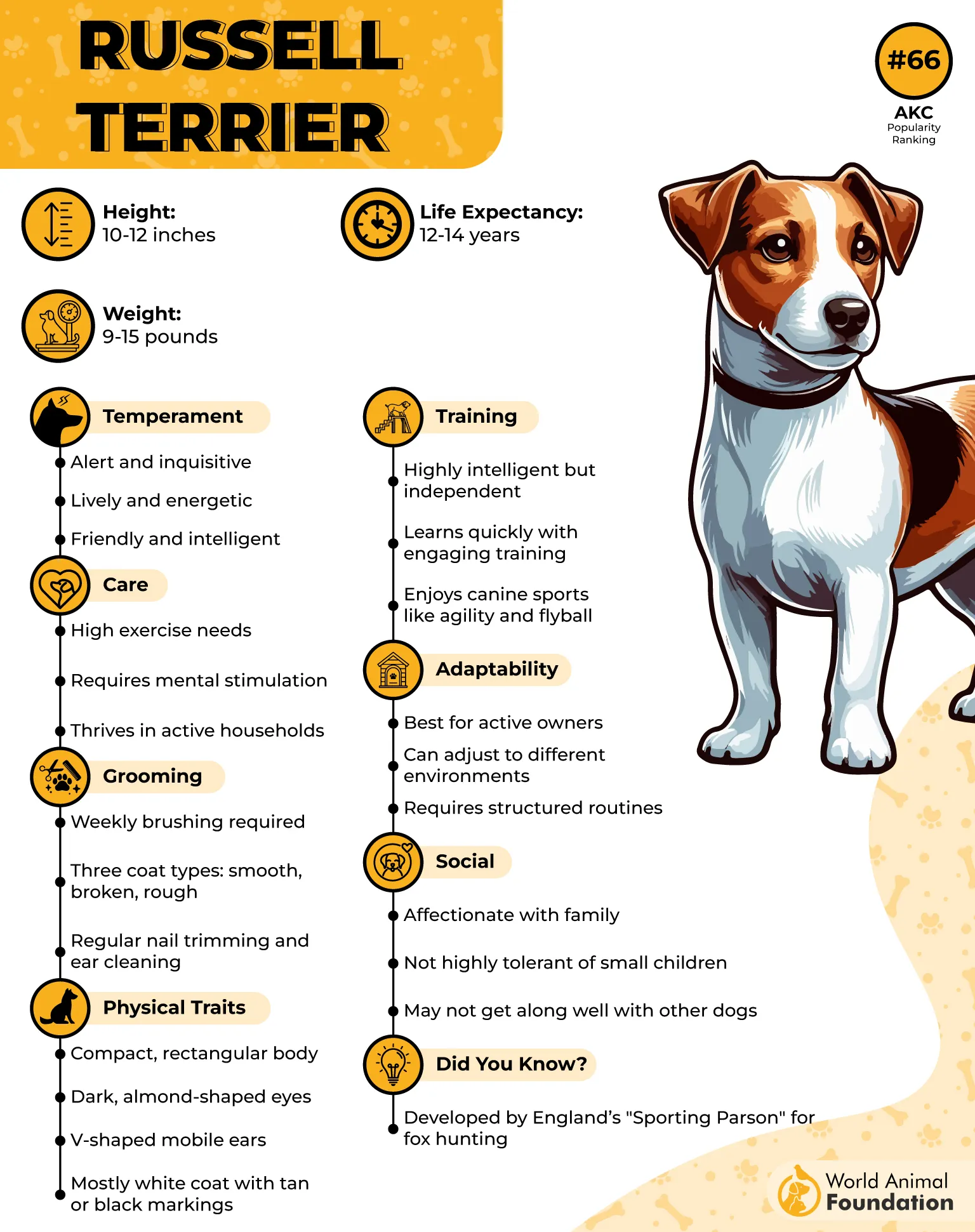
They’re smart and get bored easily, so food theft is sometimes a form of self-created entertainment. A stolen cookie might be the highlight of an otherwise uneventful afternoon, and you can’t help but admire their problem-solving skills, even if your lunch pays the price.
Jack Russells wear their mischief proudly. You’ll likely get a wagging tail and bright eyes post-heist, not guilt. They’re the kind of dog who sees rules more as flexible suggestions.
Keeping a Jack Russell out of trouble means giving them structured tasks, mental stimulation, and clear boundaries. If they’re tired and engaged, they’re far less likely to channel that cleverness into food theft.
7. Labrador Retriever

Quick Facts
Size: Medium to large (55–80 lbs)
Energy Level: High
Snack Skill: Strategic and enthusiastic
Labrador Retrievers are friendly, loyal, and wildly popular for a reason—but they also have a reputation for being food fanatics. If a Lab can access it, they will likely eat it, and if they can’t reach it, they’ll probably try anyway.
With a mouth bred for retrieving and a love for snacks, Labs often steal food with precision. They can quietly lift a sandwich from a coffee table or boldly raid a countertop the moment you turn your back. Despite their size, they’re not always clumsy; many Labs have mastered the art of subtle snack snatching.
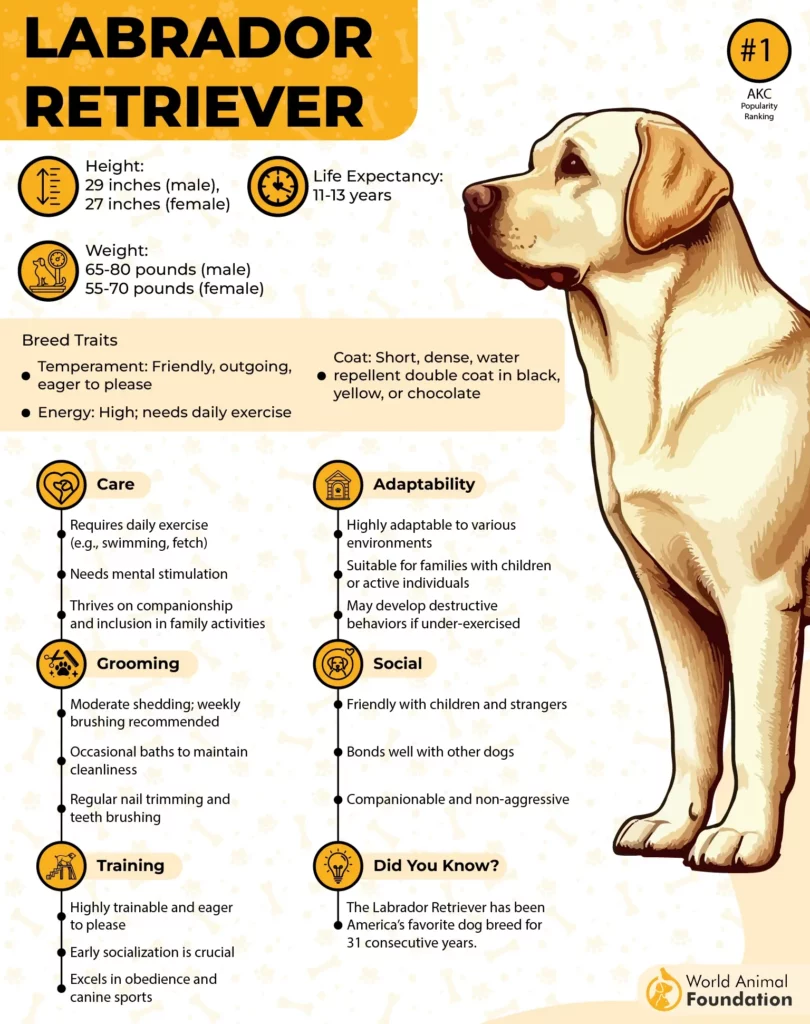
These dogs are people pleasers and fast learners, which is great for obedience, but it also means they remember exactly how they got that pizza crust off the table last week. If they receive a positive outcome once, it sticks.
Because Labs tend to overeat and gain weight easily, snack stealing can lead to real health concerns. Managing portions, setting clear food boundaries, and using feeding puzzles or enrichment toys can go a long way in keeping them out of the pantry.
Their love of food makes training easier, but also more tempting to stray. A Lab that gets consistent direction, ample exercise, and firm snack rules is far less likely to make your dinner disappear.
Conclusion
In the vibrant world of dogs, a few breeds stand out not just for their charm or loyalty, but for their sneaky snack habits. From energetic terriers to dignified retrievers, these beloved family dogs often take first place when it comes to the art of food theft. Whether it’s a small dog quietly scaling a chair or a large pup standing on their hind legs to swipe an unattended sandwich, their determination is unmatched.
While some simply can’t resist temptation, others see it as a playful pursuit or a clever game. That’s where a bit of guidance—and the occasional baby gate—can make a difference. Teaching good behavior doesn’t mean suppressing their personality; it’s about redirecting that snack-savvy focus into praise-worthy habits. Involving a dog trainer can help reinforce boundaries, especially for breeds that thrive on structure and feedback.
It’s also important to remember that this behavior often isn’t a mistake—it’s instinct. Many of the dog breeds most likely to steal food were originally bred for tasks that required boldness, independence, and quick thinking. Snack theft is just a modern twist on those same traits.
Ultimately, keeping meals safe comes down to smart prevention: raised barriers, closed doors, and a watchful eye on what’s within reach. A little planning goes a long way toward managing those adorable thieves, so your pet stays out of the pantry—and in your good graces.


